The time to develop a game can range from mere months to several years. Understanding the key factors—such as game type, team size, and available resources—is vital. Our guide offers a timeline overview and dives into the stages and elements that determine ‘how long does it take to make a video game’.
Key Factors Impacting the Timeframe of Game Development
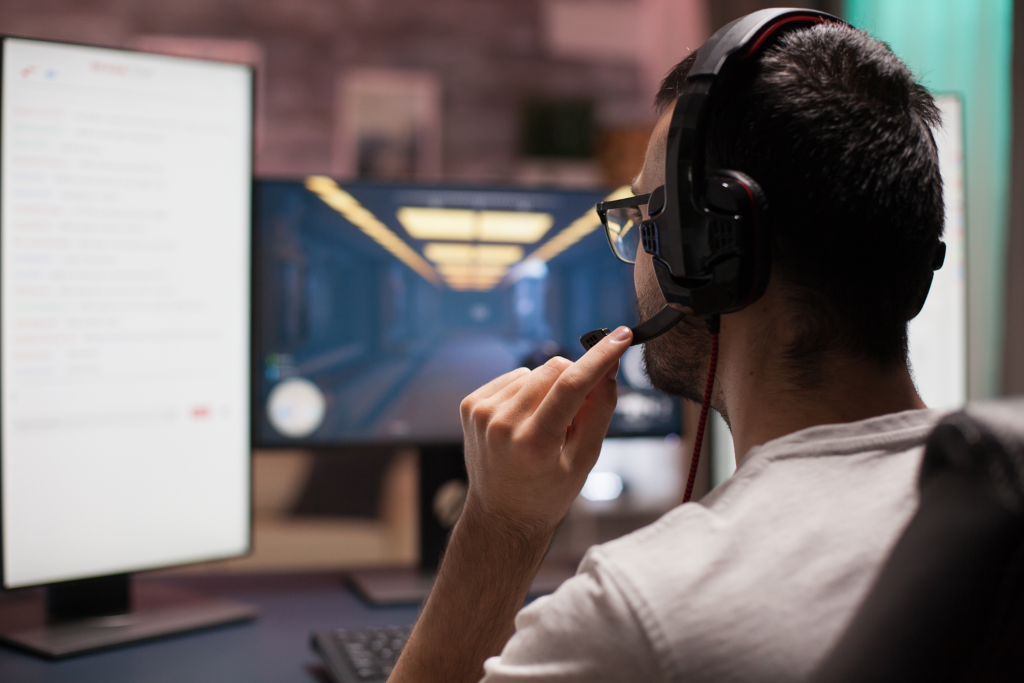
Developing a game follows a pipeline structure in which workflows, schedules, and budgets are coordinated, allowing for adjustments and improvements from the initial concept to the final product. Even something seemingly simple, such as designing one 3D element, can take from several hours for basic objects to months for complex, high-quality models.
Creating advanced animated characters or realistic weapons may require up to 70 or 40 days per developer respectively. So how much time does it take to craft just one game level, including all its components like props and set pieces? It could demand hundreds of workdays dedicated to refining the map through multiple rounds of quality assurance.
Game development is without doubt complicated and time-consuming, influenced by various factors such as:
- team expertise;
- available funding;
- project manager’s role;
- effective utilization of testers.
Factors Affecting Game Development Time
The time required to develop a video game can vary significantly depending on several factors. These include the complexity of modern games, such as the demand for advanced graphics and intricate lighting systems, which may extend development time up to five or seven years for AAA titles. AAA games typically take two to seven years due largely to significant financial investments.
Development schedules can also be unexpectedly prolonged by unforeseen challenges, such as gameplay design elements that fail to engage players and require extensive modifications. Even decisions like selecting a game engine or art style have an impact on how long it takes to create a game since they affect technical work scope and artistic direction requirements.
The Influence of Game Art
Game art is not merely about aesthetics; it plays a pivotal role in shaping the overall gaming experience and can substantially impact development timelines. High-quality, visually appealing game art can captivate players and enhance immersion. However, creating intricate game art can be time-consuming, often requiring talented artists and designers to craft assets, character models, and environments. To optimize your development timeline, consider these strategies:
- Conceptualize Efficiently: Begin with a well-defined concept and style guide to streamline the art creation process.
- Prioritize Assets: Focus on creating essential assets, such as characters, environments, and objects, before diving into details.
- Reuse and Adapt: Reuse existing assets when possible and adapt them to fit different areas of your game world.
Coding and Programming Considerations
Poorly optimized code can lead to performance issues, debugging challenges, and project delays. To ensure your coding process is as streamlined as possible, consider these best practices:
- Choose Proper Tools: Select development tools and platforms that align with your project’s goals and the skills of your development team.
- Modular Coding: Break down complex systems into modular components for easier debugging and maintenance.
- Regular Testing: Implement continuous testing and debugging to identify and resolve issues early in development.
Funding
Securing adequate funding is an indispensable aspect of game development. The financial resources available can significantly impact your project’s scope, scale, and speed. To avoid financial roadblocks and delays, explore the following funding options:
- Crowdfunding: Engage with platforms like Kickstarter or Indiegogo to gather financial support from gaming enthusiasts.
- Investors and Publishers: Seek partnerships with investors or game publishers who can provide capital and expertise.
- Bootstrapping: Consider self-funding your project if resources allow, but be mindful of potential limitations.
Determining the Project’s Scope
Defining the scope of your game is a critical step that can directly affect the development timeline. It’s essential to strike a balance between ambition and feasibility. Here’s how you can manage your project’s scope effectively:
- Set Clear Objectives: Clearly define your game’s core features and mechanics.
- Stay Agile: Embrace an agile development approach to adapt to changing priorities and player feedback.
- Plan Milestones: Break the project into manageable milestones to track progress and adjust as needed.
Game Length
The length of your game, measured in gameplay hours or levels, can significantly impact development time. The more content you aim to deliver, the longer the development process will be. To optimize game length without compromising quality, consider the following strategies:
- Focus on Core Gameplay: Prioritize the core gameplay experience and mechanics to ensure a satisfying player experience, even in shorter games.
- Expand through Updates: Consider releasing additional content and updates post-launch to extend gameplay without delaying the initial release.
Depth of the World
Creating a rich and immersive game world is like two sides of a coin. While it enhances player engagement, it can also extend development time. To strike a balance, follow these guidelines:
- World Building Framework: Establish a framework for world-building that allows for expansion through future updates.
- Player Exploration: Encourage player exploration within the game world to maximize engagement without creating excessive content.
Dealing with Unforeseen Setbacks
In the unpredictable realm of game development, unforeseen setbacks are almost inevitable. These setbacks can range from technical issues to unexpected design challenges. To minimize their impact on your timeline, implement these strategies:
- Buffer in Your Schedule: Allocate extra time in your development timeline to accommodate unexpected delays.
- Regular Communication: Maintain agile communication within your development team to address issues promptly.
- Adapt and Overcome: Be flexible and willing to pivot when necessary to resolve setbacks efficiently.

Game Development Process Stages
Stages of game development involve three key phases: pre-production, production, and post-production. Each stage has responsibilities and timelines that contribute to creating a successful game.
- The pre-production phase is crucial as it establishes the fundamental concepts of the game through tasks such as creating a detailed game design document and collaborating between creative roles for consistency.
- In the production stage, various teams are involved in activities like prototyping, producing visual content, designing levels, and coding, which makes it one of the most time-consuming phases in the game development process. In this stage, more attention must be paid to quality than meeting deadlines.
- The final phase; post-production includes bug fixing, patch releases, and may also involve developing additional bonus or downloadable content.
The choices made during pre-production significantly impact pitching strategies for selling/marketing purposes. This important step helps determine vital elements such as defining gameplay mechanics, outlining genre and dimensions, and deciding on art style. Selections made here can influence budgets/cost estimates along with project scopes. Stakeholders create proof-of-concept models based off these initial decisions to get an overall idea before moving forward.
How Long Does it Take to Create a Game Design Document?
The game design document is the blueprint that guides the entire game development process. The duration required to create a game design can vary based on the game’s complexity, the level of detail in the design, and the team’s experience. For a moderately complex game, crafting a comprehensive game design document typically takes several weeks to a few months. This document encompasses game mechanics, level layouts, character and enemy descriptions, storylines, and more. Effective communication and collaboration among the design team are crucial during this phase to ensure that the vision for the game is clear and achievable.
How Much Time is Required to Write the Code for a Video Game?
The time it takes to write the code for a video game depends on the game’s scope, complexity, and the size of the development team. Small indie games with simple mechanics may take a few months to develop, while large-scale AAA titles can span several years. Game development involves various stages, including coding gameplay mechanics, creating AI systems, implementing graphics and audio, and rigorous testing. Collaboration among programmers, designers, and artists is essential to maintain efficiency and ensure the code aligns with the game’s design. Furthermore, regular debugging and optimization efforts are vital to producing a polished and bug-free final product.
How Long Does it Take to Create Sound Effects and Music for Video Games?
Sound effects and music are integral to the gaming experience, enhancing immersion and atmosphere. The time required to create sound effects and music varies based on the game’s complexity and the desired audio quality. Typically, sound effects can take weeks to months, while composing a game’s soundtrack may take several months or longer. The process involves brainstorming and conceptualizing audio elements, recording or composing, editing, and implementing them into the game. Collaborating closely with sound designers and composers is essential to ensure that the audio aligns seamlessly with the gameplay and narrative.
Genres of Music
The choice of music genre for a video game is a critical, creative decision that can significantly impact the overall player experience. Different genres evoke distinct emotions and moods, contributing to the game’s atmosphere. Some common music genres used in video games include:
- Orchestral: Orchestral music can convey grandeur, epic battles, and emotional depth. It’s often used in fantasy and adventure games.
- Electronic: Electronic music suits futuristic and sci-fi settings, providing a dynamic and techno-driven soundtrack.
- Ambient: Ambient music creates a serene and immersive atmosphere, making it suitable for exploration or puzzle-solving games.
- Rock and Metal: These genres can add energy and intensity to action-packed sequences and combat scenarios.
Soundtrack Creation
Crafting a compelling soundtrack involves composing music tracks that align with the game’s narrative and emotional tone. A well-composed soundtrack can enhance player engagement and immersion.
Adaptive Music
Adaptive music is a sophisticated technique where the music changes dynamically based on in-game events or player actions. Implementing adaptive music can be time-consuming but adds depth to the gaming experience. It requires seamless coding and integration efforts to synchronize the soundtrack with gameplay elements.
How Long Does It Take to Develop AAA Games?
AAA games are known for their expansive, intricate, and highly detailed features. If you want to know how long does it take to develop AAA games, we answer that they often require several years to develop due to their complexity. It is not uncommon for AAA games to have a development timeline spanning five or more years as they undergo constant changes in requirements from factors like company acquisitions, global crises such as pandemics, and the sheer magnitude of these projects.
The unpredictable nature of developing an AAA game can make it challenging to estimate its completion date accurately. For instance, Red Dead Redemption 2 took almost eight years before being released despite being an open-world action-adventure game with multiple entries in its series already established beforehand. CD Projekt Red developed The Witcher 3 for three and a half years. 2024’s hit S.T.A.L.K.E.R.2 was in development for 14 years. Naughty Dog Studio created the Last of Us within three years. On rare occasions, though- take Resident Evil 3 -some companies may choose a quicker route by reusing existing assets and technology from previous titles within one year when making new releases. This demonstrates how elements, including varying difficulties faced during production phases and team size discrepancies, influence whether developers manage shorter or extended timelines while creating AAA masterpieces.
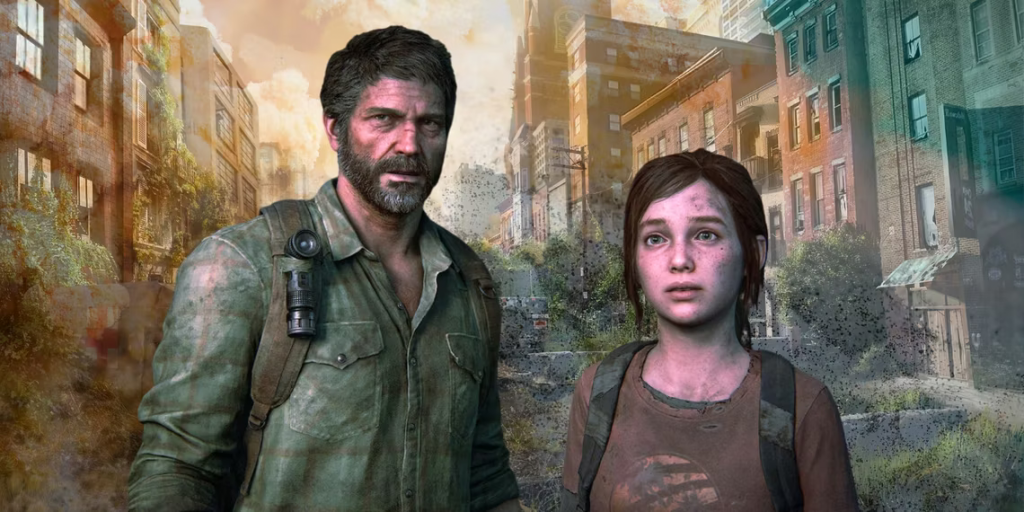
How Long Does It Take to Develop Mobile Games?
The development times for mobile games vary greatly. Some are created quickly in a matter of months, while others can take several years to bring to market.
Simple 2D platformers and match-3 games typically have shorter development periods of around 2 to 4 months. Medium-complexity genres such as action/adventure or sports usually require more time, with timelines ranging from 6 to 18 months.
On the other hand, complex mobile games like RPGs and MMORPGs undergo the longest development process, which can span anywhere from two to five years before they are ready for release.
Multiple elements influence the duration of development for mobile games. The complexity, gameplay scope, and range of game mechanics are directly proportional to the time required for a mobile game’s creation. Assets like artwork, characters, environments, and animations can greatly impact the development length.
Moreover, the size of the team working in mobile game development company developing a mobile game can affect its timeline. A larger team has the potential to speed up production in this area.
Such factors contribute significantly to shaping the varying durations seen in creating these games—which typically take weeks or months—and this is an example that extends from Temple Run, which was developed within a four-month period through Pokémon Go’s progress over two years.

What is Development Hell?
The process of creating a game is not always smooth. Setbacks and slowdowns are common in the world of game development. These delays often arise from the need for additional time to perfect the gameplay, resolve hardware problems, and avoid releasing an unfinished product that could damage the studio’s reputation.
Conducting risk assessments helps anticipate potential obstacles, such as technological limitations that may hinder progress during different stages of development. Game testers are critical in ensuring high-quality games by identifying technical issues throughout production. Before launch, final touch-ups address flaws that could affect gameplay mechanics or player enjoyment.
Development hell examples
Development hell refers to the chaotic and tumultuous state of affairs in the media and software industries. This can be caused by a variety of factors, such as changes in game engines, understaffing, lack of a clear development plan, or bad rating of the game after launch. One notable example is the video game “The Day Before” by creator Fntastic shocked everyone by announcing its closure, citing The Day Before’s plunging player count and ‘overwhelmingly negative’ Steam user review rating. Not long after, Fntastic deleted the game’s online presence and removed the buy button from the Steam page.
Half-Life 2 (2004) came out 6 years after the original Half-Life (1998). Its production suffered the usual setbacks, and then a hacker stole an incomplete version to release it online. These examples highlight how creating games can become an extensive undertaking with various obstacles that need to be overcome before bringing a unique idea into fruition within their own respective game worlds.
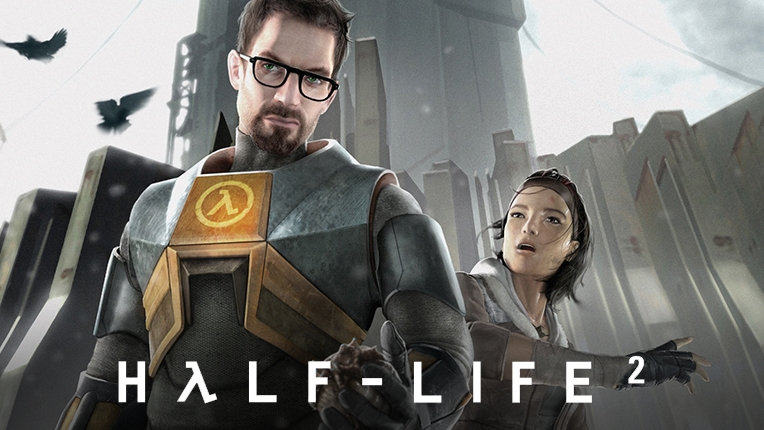
Reasons for game delays
QA testing plays a vital role in the game development, identifying and resolving technical issues before launch. This phase helps examine games to discover bugs, glitches, and soft locks while adjusting difficulty levels for an immersive gaming experience.
It is important to note that difficult-to-fix problems found during QA testing can result in extended development time and potential delays for game releases. This showcases the commitment of game developers to delivering high-quality games that meet players’ expectations.
How to Reduce Game Development Time?
Developing a video game involves more than just coding and game programming. It is considered an independent art form. Crafting a game entails design, music, and sound effects that require time to perfect. Immersive gameplay requires realistic movements from characters, objects, and environments created by skilled animators. Sound engineering adds depth to the gaming experience through technical expertise and creative techniques.
Efficient game logic ensures smooth interactions between players and gameplay mechanics. To enhance visual appeal, texture artists are responsible for seamlessly creating high-quality textures, while FX artists add stunning effects like explosions or rain for environmental realism. Additionally, expert modelers play their part diligently to bring 3D models into existence, ranging from characters to props. Game artwork creation can take several years to work on highly detailed games like Cuphead’s distinctive hand-drawn style, developed over five years.
The Role of Game Engines in Development Time
The choice of a game engine heavily impacts the game development timeline. The decision on which engine to use can greatly affect developers’ coding requirements and available features, thus significantly changing how long it takes to create a game and altering the overall schedule.
Unreal Engine, among other popular game engines, offers an extensive platform that caters to both independent developers and large studios in all stages of game creation. Its wide range of tools serves as vital resources for various aspects involved in developing a successful video game.
Using well-known game engines, like Unity and Unreal Engine, can significantly impact the development process by providing tools for faster prototyping and extensive capabilities. Developers prefer using Unreal Engine due to its top-notch graphics and wide range of pre-built functionalities that greatly reduce overall development time.
On the other hand, Unity simplifies game creation with its real-time interactive platform and vast asset store, which allows for rapid prototype testing and fast-paced development. These popular game engines are crucial in promoting efficiency and saving time during game development.
Assembling the Dream Team: Building an Efficient Development Team
A successful game is the result of a dedicated and talented team. This group, commonly known as a game development team or dev team, brings together individuals with various roles such as game designers, programmers, artists, animators, and sound engineers. With their skills combined with their strong enthusiasm for creating games, they work harmoniously to speed up the development process. Experienced teams can navigate through challenges more efficiently and significantly reduce the time needed to complete a project.
The key factor in efficient game development is having a well-functioning team that can reach a flow state with an ideal balance between skill level and challenge. This leads to focused immersion in the task at hand, which results in increased productivity within shorter periods. Proper resource allocation, including specialized personnel and equipment, plays an essential role, along with setting realistic timelines for completion, which requires proficient coordination from professional project managers.
Kevuru Games Expertise in Game Development
Our AAA game company has a team of experienced game developers that will bring numerous benefits if engaged in your project. Their agile methodologies, regular progress tracking, and effective communication ensure optimal productivity. As the presence of creative and organized game designers and artists is crucial in efficiently transforming ideas into successful games.
We help our experts get continuous learning and innovation, deeply ingrained values within a seasoned development team, resulting in smoother game-creation processes. Most of our artists are highly skilled and participated in the development process for the most famous publishers like Electronic Arts, Epic Games, and Lucasfilm. Our experienced game development company can significantly enhance the efficiency in creating top-notch games.


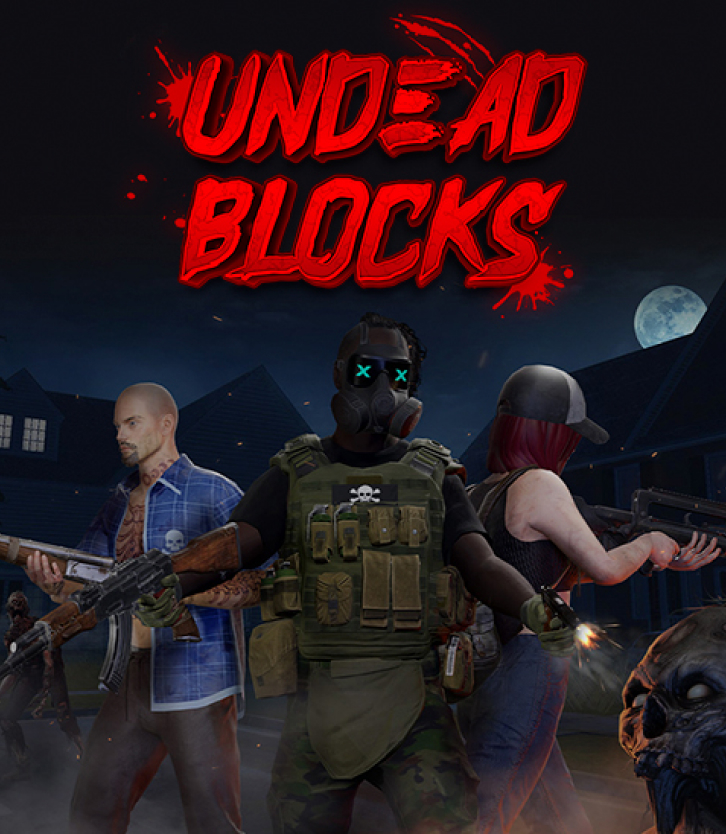



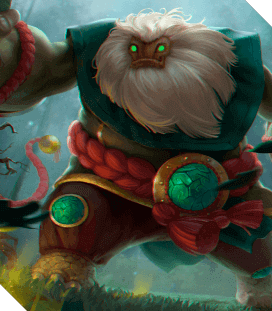



![Indie Game Development: Guide to Revenues, Most Profitable Genres & Monetization [+10 Best Indie Games 2024]](https://kevurugames.com/wp-content/uploads/fly-images/11949/indie-pre-138x138.jpg)